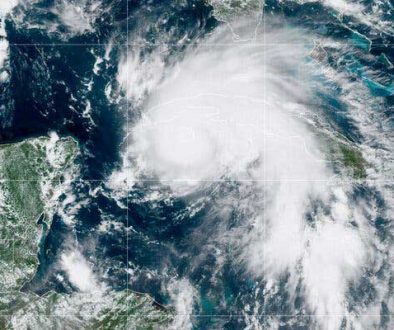Understanding NOAA Weather Radio
NOAA Weather Radio broadcasts National Weather Service (NWS) warnings, watches, forecasts, and other non-weather related hazard information 24 hours a day. During an emergency, NWS sends a special tone that activates weather radios in the listening area. Weather radios equipped with a special alarm tone feature can sound an alert and give you immediate information about a life-threatening situation.

NOAA Weather Radios are found in many electronics stores and cost about $25-$100. Some features to consider are alarm tone, battery backup, and “Specific Area Message Encoding” (SAME) programming. I chose the Kaito KA550 Voyager Pro for my in-home and portable NOAA weather radio.
NOAA broadcasts warnings and post-event information for all types of hazards – weather (blizzards, thunderstorms, etc.), natural (floods, hurricanes, tornadoes and earthquakes), technological (chemical or oil spills, nuclear power plant emergencies, etc.), and national emergencies.
NOAA collaborates with other Federal agencies and the FCC’s Emergency Alert System (EAS) to issue non-weather related emergency messages. NOAA Weather Radio also cooperates in providing notices under the Department of Homeland Security Threat Advisory System and used for issuance of “AmberAlerts”.
Programming Your Radio
If you purchase a NOAA Weather Radio receiver with “Specific Area Message Encoding”, you should program it with coding for your area. By doing so, you can limit the alerts which will trigger your weather radio to only those affecting your warning area. Follow the manufacturer’s directions to program your receiver using the six-digit SAME code(s) for the warning areas of interest to you.
For more about NOAA Weather Radios visit www.weather.gov/nwr



